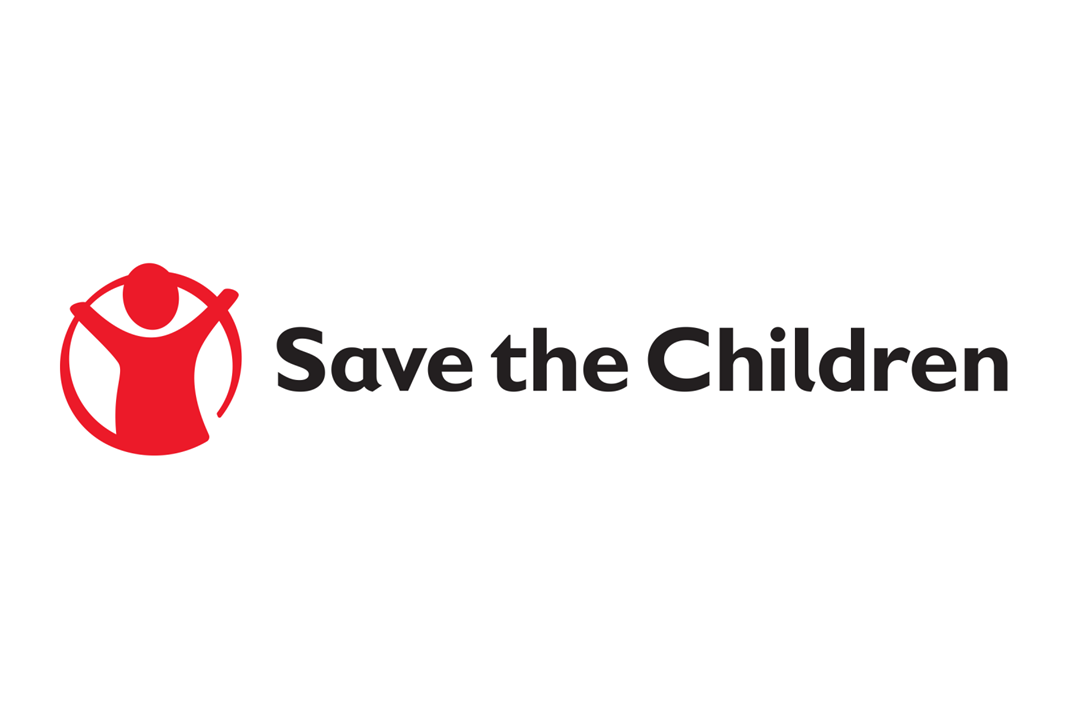 What is the Recovery Plan and the six missions it consists of?
What is the Recovery Plan and the six missions it consists of?
To help restore the economic and social damage caused by the coronavirus pandemic, the European Commission, the European Parliament and EU leaders have agreed on a recovery plan that will lead the way out of the crisis and lay the foundations for a modern and more sustainable Europe.
NextGenerationEU is a €750 billion temporary recovery instrument to help repair the immediate economic and social damage and make Europe greener, digital, more resilient and better fit for the current and forthcoming challenges. To obtain the recovery fund aid, all European Member States will have to submit their Recovery Plans by the end of April 2021.
In Italy, the Recovery Plan has been called the National Recovery and Resilience Plan (PNRR Piano Nazionale di Ripresa e Resilienza) and it focuses on tax reform, digitalization, and the green transition. At stake are 191.5 billion euros financed by the European Union and another 30.6 billion euros that Italy will borrow directly for the market’s complementary projects that don’t fit neatly into the European Commission’s criteria. This plan offers a unique opportunity for Italy to implement much needed reforms, in particular the tax reform and the green revolution of the country.
On 12 January 2021, after the approval by the Council of Ministers, the first official draft was sent to Brussels. The second and final version will follow on April 28. The PNRR is made up of 6 missions, which in turn group 16 components and 48 lines of intervention, selecting the projects with the greatest impact on the economy and employment:
- Digitisation, innovation, competitiveness and culture 49.2 billion €
- Green revolution and ecological transition 68.6 billion €
- Infrastructures for sustainable mobility 31.4 billion €
- Education and research 31.9 billion €
- Inclusion and cohesion 22.4 billion €
- Healthcare 18.5 billion €
The objectives that Italy aims to achieve with the measures contained in the PNRR are:
- To reduce the social and economic impact of the pandemic crisis;
- To double the average growth rate of the Italian economy, from 0.8% in the last decade to 1.6%, in line with the EU average;
- To increase public investment to at least 3% of GDP;
- To increase R&D spending from the current 1.3% to 2.1%, above the EU average;
- To increase the employment rate to 2%, in line with the EU average, against the current 63%;
- To raise indicators of well-being, equity and environmental sustainability;
- To reduce territorial disparities in income, employment, infrastructure endowment and the level of public services;
- To increase life expectancy in good health;
- To improving the birth rate and population growth;
- To reduce early school dropouts and the unemployment of young people;
- To improve student preparation and the share of graduates (degrees and diplomas);
- To strengthen the country’s security and resilience to natural disasters, climate change, epidemic crises and geopolitical risks;
- To promote sustainable agri-food supply chains and combating food waste;
- Sustainability and resilience of public finances.
The new Prime Minister Mario Draghi, designated by the President of the Republic Sergio Mattarella after the government crisis of January 2021, is now working on the strengthening of the Recovery Plan.
The new government has centralized the structure responsible for drafting this plan to make the process more efficient, and is working to improve the implementation and management phases of the projects involved.
By 30 April 2021, all Member States will have to submit recovery plans to the Commission and the European Council, leaving up to three months for evaluation and approval. After that, the first tranche, equal to 13% of NextGenerationEU’s share destined for each country, will presumably be unlocked by the end of the summer. For the Italian economy, this means about 25 billion euros.





